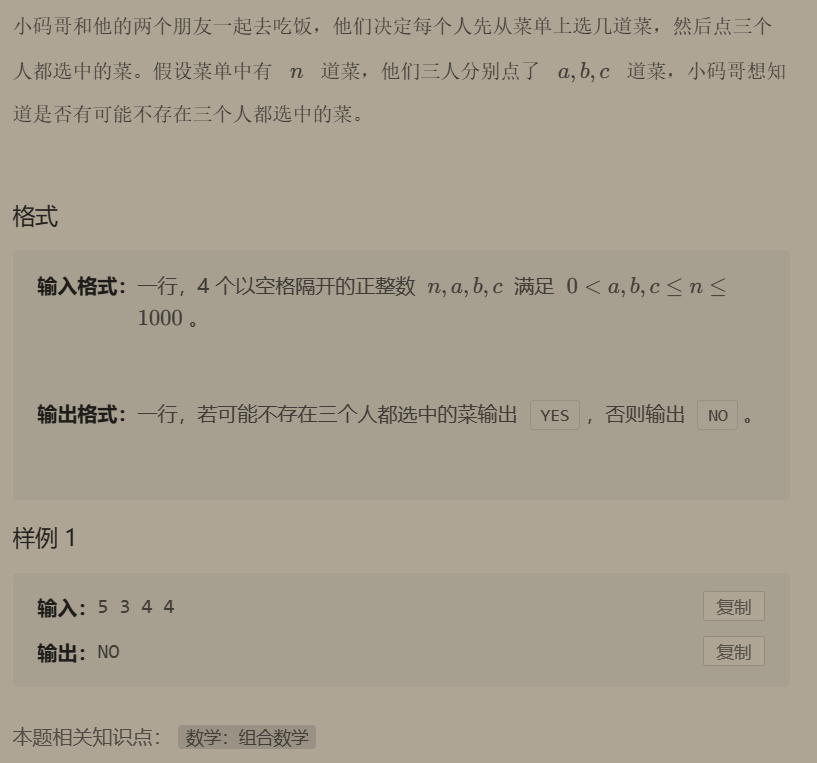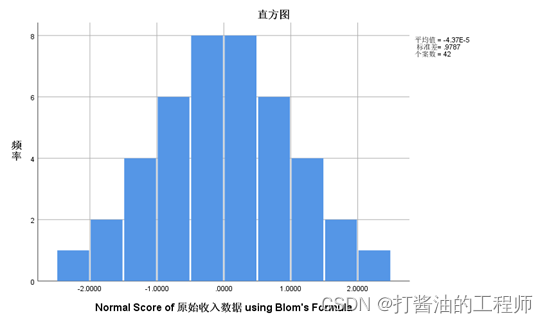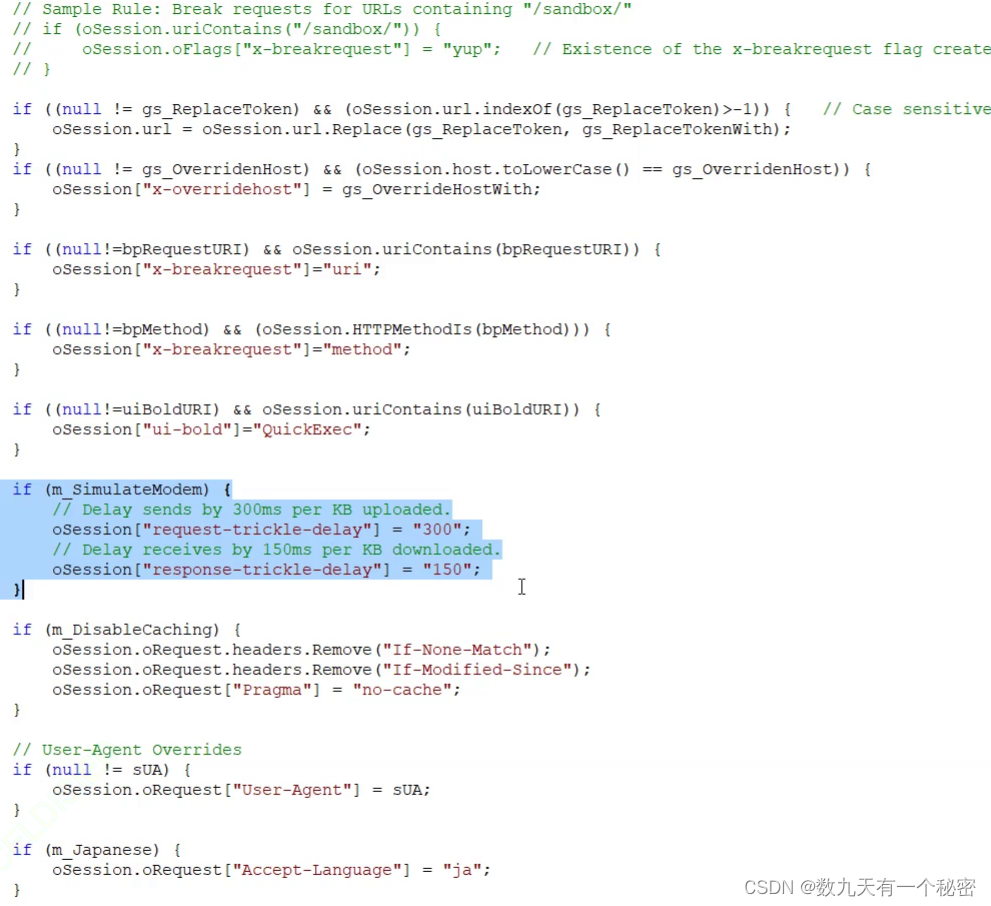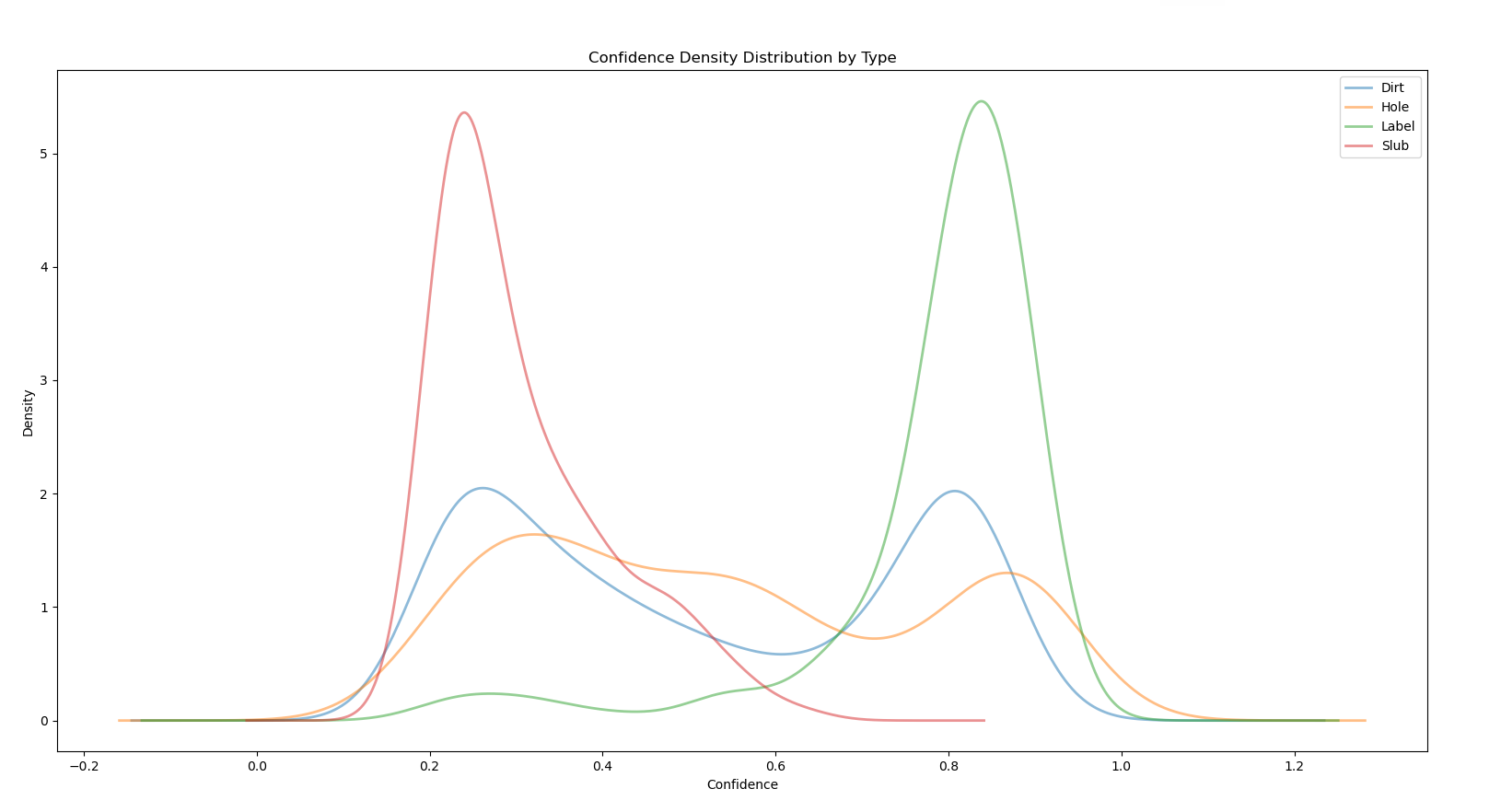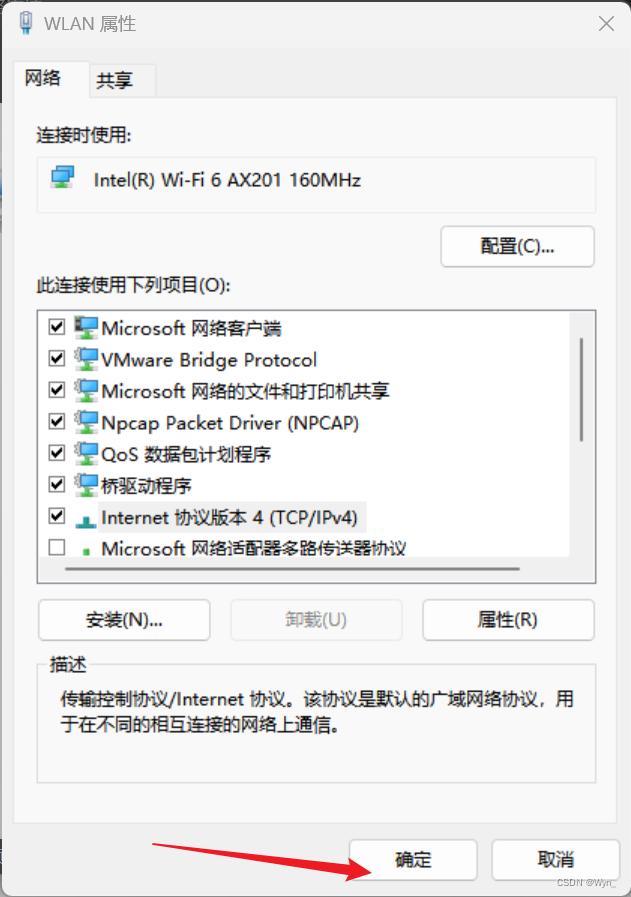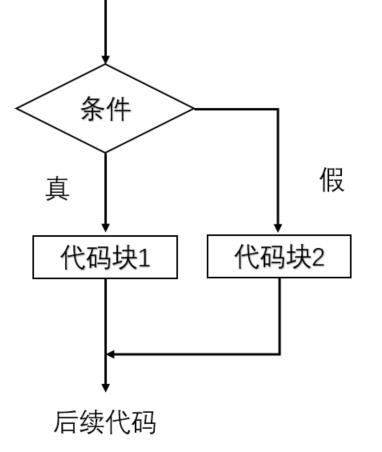本文通过按键控制LED的亮灭,按键每按一次,LED的状态就发生一次变化。
等待队列是为了在按键有动作发生时再读取按键值,而不是一直读取按键的值,使得CPU的占用率很高。
定时器在本实验中引入是为了按键消抖,在键值稳定了之后再通过内核读出键值到用户端,用户端得知键值之后再将键值写入LED,LED根据写入的值就会有相应的亮或灭状态。
之前按键的实验就是通过按键按下或者松开给按键对应的GPIO赋值,本例中的按键是通过中断来实现的,按键每次有动作就会触发中断,然后在中断里完成按键值的翻转。
本文的LED驱动代码就是文章Linux下设备树、pinctrl和gpio子系统、LED灯驱动实验中使用的代码。
按键驱动代码中使用了中断,简单介绍一下和中断有关的概念和函数。
每个中断都有一个中断号,通过中断号即可区分不同的中断,在Linux内核中使用一个int变量表示中断号。
在Linux内核中要想使用某个中断是需要申请的,request_irq函数用于申请中断,request_irq函数可能会导致睡眠,因此不能在中断上下文或者其他禁止睡眠的代码段中使用request_irq函数。request_irq函数会激活(使能)中断,request_irq 函数原型如下。
int request_irq(unsigned int irq,irq_handler_t handler,unsigned long flags,const char *name,void *dev)
irq:要申请的中断号。
handler:中断处理函数,当中断发生时,执行该函数。
flags:中断标志,常用的有以下几个。

name:中断名字,设置后在/proc/interrupts目录下可以查看。
dev:如果flags设置为IRQF_SHARED,dev用来区分不同的中断,一般情况下,dev设置为设备结构体,它会传给中断处理函数irq_handler_t第二个参数。
free_irq函数用于释放掉相应的中断,其原型如下。
void free_irq(unsigned int irq,void *dev)
int:要释放的中断号。
dev:如果flags设置为IRQF_SHARED,dev用来区分不同的中断。
使用request_irq函数申请中断的时候需要设置中断处理函数,中断处理函数的原型如下。
irqreturn_t (*irq_handler_t) (int, void *)
第一个参数是中断号。第二个参数是一个指向void 的指针,是个通用指针,需要与request_irq函数的dev参数保持一致。用于区分共享中断的不同设备,dev也可以指向设备数据结构。中断处理函数的返回值为irqreturn_t 类型,irqreturn_t 类型定义如下。
enum irqreturn {
IRQ_NONE = (0 << 0),
IRQ_HANDLED = (1 << 0),
IRQ_WAKE_THREAD = (1 << 1),
};
typedef enum irqreturn irqreturn_t;
一般中断服务函数返回值使用如下形式。
return IRQ_RETVAL(IRQ_HANDLED)
按键的驱动代码如下。
#include <linux/types.h>
#include <linux/kernel.h>
#include <linux/delay.h>
#include <linux/ide.h>
#include <linux/init.h>
#include <linux/module.h>
#include <linux/errno.h>
#include <linux/gpio.h>
#include <linux/cdev.h>
#include <linux/device.h>
#include <linux/of.h>
#include <linux/of_address.h>
#include <linux/of_gpio.h>
#include <asm/mach/map.h>
#include <asm/uaccess.h>
#include <asm/io.h>
#include <linux/platform_device.h>
#include <linux/of_irq.h>
#include <linux/wait.h>
#include <linux/sched.h>
#include <linux/timer.h>
#define KEY_CNT 1 /* 设备号个数 */
#define KEY_NAME "gpio_key" /* 名字 */
dev_t devid; /* 设备号 */
struct cdev cdev; /* cdev */
struct class *class; /* 类 */
struct device *device; /* 设备 */
int major; /* 主设备号 */
int minor; /* 次设备号 */
struct device_node *nd; /* 设备节点 */
int key_gpio; /* key所使用的GPIO编号*/
int irq;
int value = 0;
int wq_flags = 0; //标志位
int key_count = 0;
static void timer_function(unsigned long data);
DEFINE_TIMER(key_timer,timer_function,0,0); //静态定义结构体变量并且初始化function,expires,data成员
DECLARE_WAIT_QUEUE_HEAD(key_wq); // 定义并初始化等待队列头
static void timer_function(unsigned long data)
{
++key_count;
printk("key trigger count: %d\r\n",key_count);
}
static ssize_t key_read(struct file *filp, char __user *buf, size_t cnt, loff_t *offt)
{
wait_event_interruptible(key_wq,wq_flags); //等待按键触发
if(copy_to_user(buf,&value,sizeof(value))!=0)
{
printk("copy_to_user error!\n");
return -1;
}
wq_flags = 0;
return 0;
}
static struct file_operations key_fops = {
.owner = THIS_MODULE,
.read = key_read
};
irqreturn_t key_led(int irq, void *args)
{
mod_timer(&key_timer,jiffies + msecs_to_jiffies(10));
value = !value;
printk("key_value = %d\n", value);
wq_flags = 1; //这里只有先置1,下面的函数才能唤醒
wake_up(&key_wq); //唤醒
return IRQ_RETVAL(IRQ_HANDLED);
}
const struct of_device_id of_match_table_key[] = {
{.compatible = "gpio_bus_key"}, //与设备树中的compatible属性匹配
{}
};
struct platform_driver dts_device = {
.driver = {
.owner = THIS_MODULE,
.name = "keygpio",
.of_match_table = of_match_table_key
}
};
static int __init gpio_key_init(void)
{
int ret;
nd = of_find_node_by_path("/key");
if (nd == NULL)
return -EINVAL;
printk("Find node key!\n");
key_gpio = of_get_named_gpio(nd,"key-gpio",0);
if (key_gpio < 0)
{
printk("of_get_named_gpio failed!\r\n");
return -EINVAL;
}
printk("key_gpio = %d\r\n", key_gpio);
gpio_request(key_gpio,KEY_NAME); //申请gpio
gpio_direction_input(key_gpio); //将gpio设置为输入
/*获得gpio中断号*/
//irq = gpio_to_irq(gpio_num);
irq = irq_of_parse_and_map(nd,0); //与上面这句代码的作用相同
printk("irq = %d\r\n", irq);
/*申请中断*/
ret = request_irq(irq,key_led,IRQF_TRIGGER_RISING,"key_led_test", NULL);
if(ret < 0)
{
printk("request_irq error!\n");
return -1;
}
if (major)
{
devid = MKDEV(major, 0);
register_chrdev_region(devid, KEY_CNT, KEY_NAME);
}
else
{
alloc_chrdev_region(&devid,0,KEY_CNT,KEY_NAME); //申请设备号
major = MAJOR(devid); //获取分配号的主设备号
minor = MINOR(devid);
}
printk("gpiokey major=%d,minor=%d\r\n",major,minor);
cdev.owner = THIS_MODULE;
cdev_init(&cdev, &key_fops);
cdev_add(&cdev, devid, KEY_CNT);
class = class_create(THIS_MODULE, KEY_NAME);
if (IS_ERR(class))
return PTR_ERR(class);
device = device_create(class,NULL,devid,NULL,KEY_NAME);
if (IS_ERR(device))
return PTR_ERR(device);
platform_driver_register(&dts_device);
return 0;
}
static void __exit gpio_key_exit(void)
{
gpio_free(key_gpio);
cdev_del(&cdev);
unregister_chrdev_region(devid,KEY_CNT);
device_destroy(class, devid);
class_destroy(class);
free_irq(irq,NULL);
del_timer(&key_timer);
platform_driver_unregister(&dts_device);
printk("driver exit!\n");
}
module_init(gpio_key_init);
module_exit(gpio_key_exit);
MODULE_LICENSE("GPL");
测试代码如下。
#include <stdio.h>
#include <sys/types.h>
#include <sys/stat.h>
#include <fcntl.h>
#include <unistd.h>
int main(int argc, char *argv[])
{
int fd_r,fd_w;
char value[1];
fd_r = open("/dev/gpio_key",O_RDWR);
fd_w = open("/dev/gpioled",O_RDWR);
if(fd_r < 0)
{
perror("open key error\n");
return fd_r;
}
if(fd_w < 0)
{
perror("open led error\n");
return fd_w;
}
while(1)
{
read(fd_r,value,sizeof(value));
write(fd_w,value,sizeof(value));
}
return 0;
}
测试代码完成的工作就是从按键的内核中读取键值到用户端,然后将读取到的键值写入到LED的内核中。
通过上面的代码编译出LED的驱动和按键的驱动,然后用交叉编译器编译测试文件生成一个可执行文件,将这三个文件发送到开发板进行验证。

通过实验结果可知,LED的亮灭是配合按键的动作的。
本文参考文档:
I.MX6U嵌入式Linux驱动开发指南V1.5——正点原子


